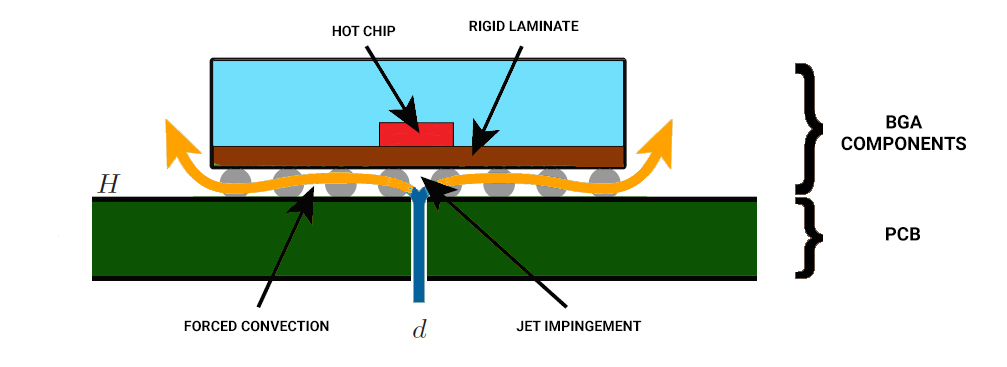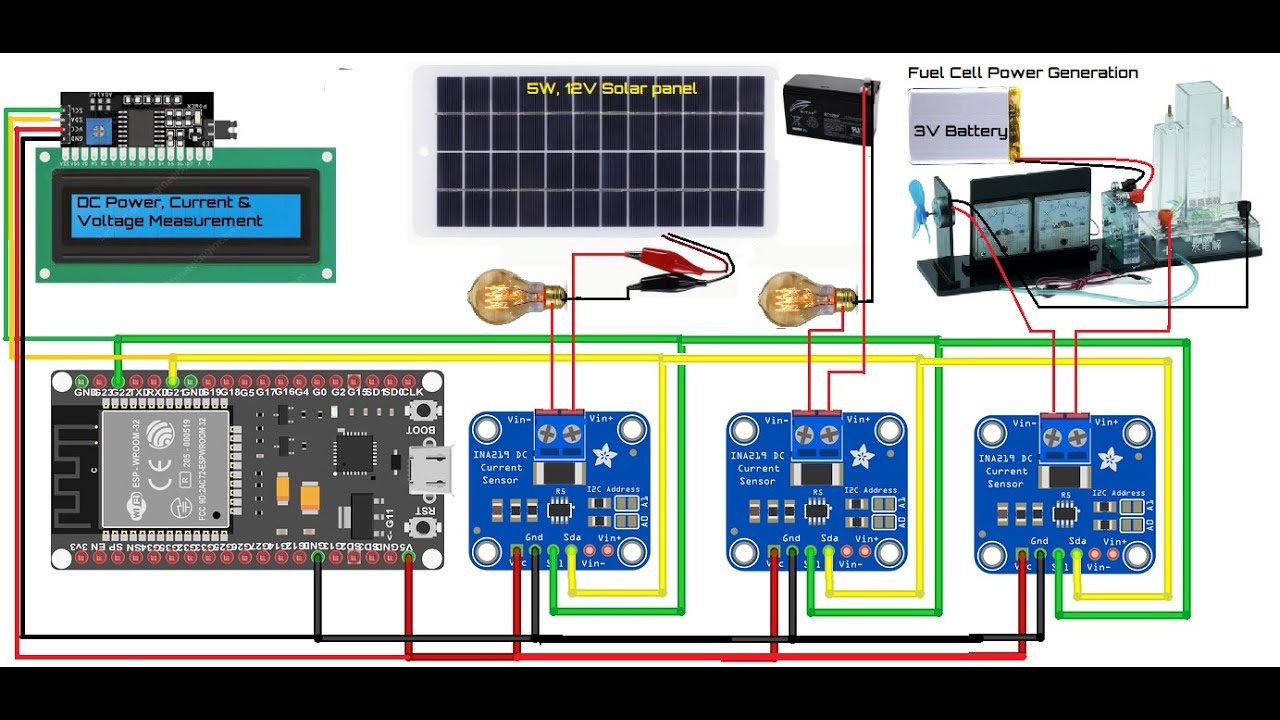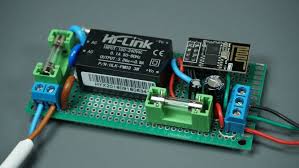How to use a relay for AC power control
Relays are an essential component in electrical systems, allowing for the control and automation of power distribution. In this article, we will discuss how to use a relay for AC power control, covering everything from the basic principles to practical applications.
What is a relay?
A relay is an electromagnetic switch that is used to control the flow of electricity in a circuit. It consists of a coil and one or more sets of contacts that open or close in response to an electrical signal. Relays are commonly used in applications where high-power switching is required, such as in industrial automation and electrical appliances.
How does a relay work?
When a current flows through the coil of a relay, it generates a magnetic field that causes the contacts to move, either opening or closing the circuit. This allows for the control of a high-power circuit using a low-power signal, making relays an essential component in electrical systems.
Choosing the right relay
When selecting a relay for AC power control, it is important to consider factors such as the voltage and current ratings, contact configuration, and switching speed. It is also crucial to ensure that the relay is compatible with the specific application and environment in which it will be used.
Wiring a relay for AC power control
To wire a relay for AC power control, follow these steps:
- Identify the coil terminals of the relay and connect them to the control signal source.
- Connect the common terminal of the relay to the hot wire of the AC power source.
- Connect the normally open (NO) terminal of the relay to the load that needs to be controlled.
- Connect the other side of the load to the neutral wire of the AC power source.
Once the relay is properly wired, apply the control signal to the coil to activate the relay and control the flow of AC power to the load.
Practical applications of relays for AC power control
Relays are used in a wide range of applications for AC power control, including:
- Controlling lighting systems in buildings
- Automating industrial machinery
- Regulating heating and cooling systems
- Switching power to appliances
By understanding how to use a relay for AC power control, you can efficiently manage power distribution in various systems and applications. Whether you are a DIY enthusiast or an electrical professional, relays are a versatile and reliable solution for controlling high-power circuits.
How to use a relay for AC power control
Relays are an essential component in electrical systems, allowing for the control and automation of power distribution. In this article, we will discuss how to use a relay for AC power control, covering everything from the basic principles to practical applications.
What is a relay?
A relay is an electromagnetic switch that is used to control the flow of electricity in a circuit. It consists of a coil and one or more sets of contacts that open or close in response to an electrical signal. Relays are commonly used in applications where high-power switching is required, such as in industrial automation and electrical appliances.
How does a relay work?
When a current flows through the coil of a relay, it generates a magnetic field that causes the contacts to move, either opening or closing the circuit. This allows for the control of a high-power circuit using a low-power signal, making relays an essential component in electrical systems.
Choosing the right relay
When selecting a relay for AC power control, it is important to consider factors such as the voltage and current ratings, contact configuration, and switching speed. It is also crucial to ensure that the relay is compatible with the specific application and environment in which it will be used.
Wiring a relay for AC power control
To wire a relay for AC power control, follow these steps:
- Identify the coil terminals of the relay and connect them to the control signal source.
- Connect the common terminal of the relay to the hot wire of the AC power source.
- Connect the normally open (NO) terminal of the relay to the load that needs to be controlled.
- Connect the other side of the load to the neutral wire of the AC power source.
Once the relay is properly wired, apply the control signal to the coil to activate the relay and control the flow of AC power to the load.
Practical applications of relays for AC power control
Relays are used in a wide range of applications for AC power control, including:
- Controlling lighting systems in buildings
- Automating industrial machinery
- Regulating heating and cooling systems
- Switching power to appliances
By understanding how to use a relay for AC power control, you can efficiently manage power distribution in various systems and applications. Whether you are a DIY enthusiast or an electrical professional, relays are a versatile and reliable solution for controlling high-power circuits.



